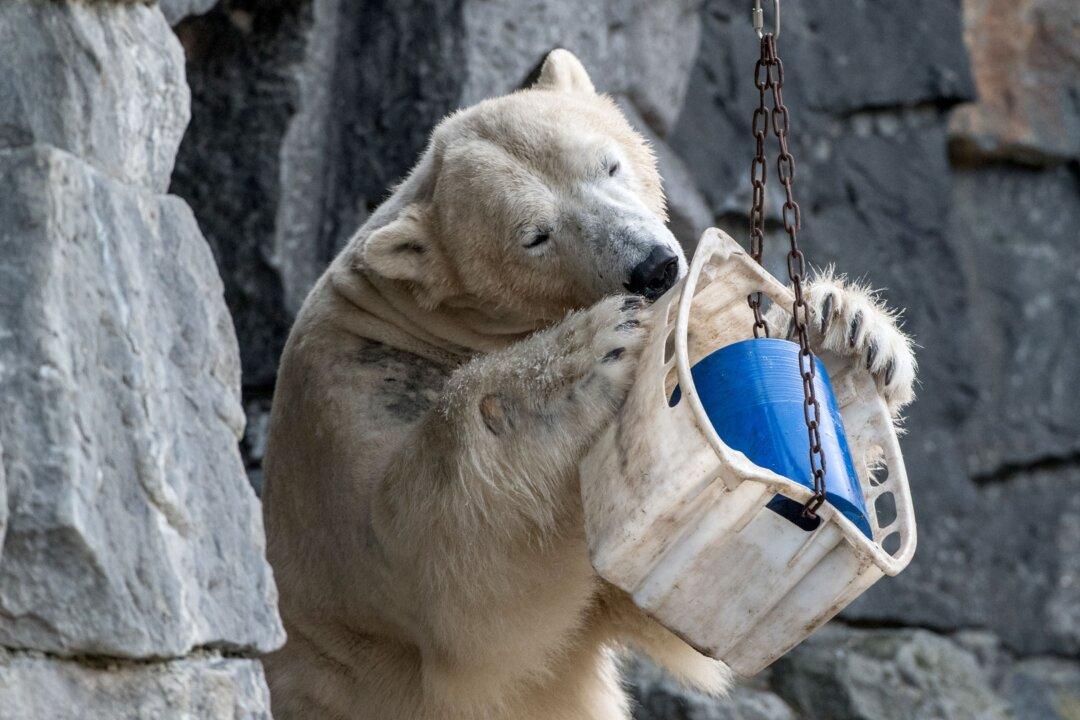A remote Arctic region of Russia has declared a state of emergency over a polar bear invasion that has left residents afraid to go outside.
The unruly bears have entered homes and public buildings in the remote Novaya Zemlya archipelago, where officials have warned of a “mass invasion.”





